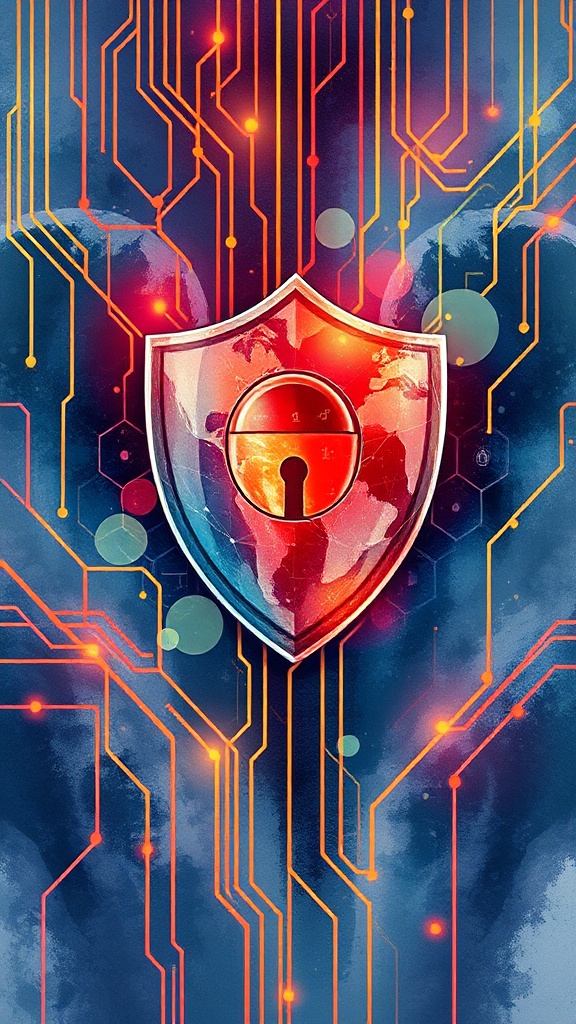Hardening Security: Practical Steps Every Organization Should Take Now
Cyber threats keep evolving, but many of the most damaging attacks still succeed because basic defenses are missing or misconfigured. Focusing on resilient, user-friendly controls will reduce risk and improve recovery when incidents happen. The most effective programs combine strong identity protections, network segmentation, rapid detection, and rehearsed response.
Protect identities first
Credential theft and phishing remain primary attack vectors. Strengthen identity controls with multi-factor authentication that resists phishing and credential replay. Consider phishing-resistant methods such as hardware-backed tokens or standards-based passkeys that rely on device-bound cryptography. Enforce conditional access: require stronger verification for high-risk actions, for remote access, and for privileged accounts. Apply least privilege so users and services get only the rights they actually need.
Reduce attack surface and segment
Minimizing exposed services and isolating critical assets limits lateral movement by attackers. Implement network segmentation and micro-segmentation for high-value systems like payroll, financial databases, and development pipelines. Disable unnecessary remote access protocols and use secure, audited gateways for legitimate remote work.
Maintain an up-to-date asset inventory so nothing important falls outside monitoring and patching cycles.
Patch and manage vulnerabilities continuously
Vulnerabilities are exploited quickly after disclosure.
Adopt a robust vulnerability management program that prioritizes fixes based on exposure and business impact. Automate patch deployment where safe to do so, and use configuration management to ensure consistent baselines across endpoints and servers.
For systems that cannot be patched immediately, apply compensating controls like network restrictions or virtual patching.
Detect faster, respond smarter
Rapid detection and response shrink attacker dwell time.
Deploy endpoint detection and response (EDR) or extended detection and response (XDR) tools that provide telemetry across endpoints, clouds, and network devices. Integrate logs into a centralized platform for correlation and alerting. Build an incident response plan with clear roles, communication paths, and escalation criteria, and run tabletop exercises to validate procedures.
Prepare for ransomware and data-loss scenarios
Backups are a fundamental control, but they must be immutable, tested, and isolated from primary networks. Keep multiple backup copies with different retention windows and verify restore processes regularly.
Maintain an approved playbook that includes legal, communications, and operational recovery steps. Cyber insurance can be part of a risk transfer strategy but is not a substitute for prevention and recovery readiness.
Secure the software supply chain
Third-party components and service providers expand risk. Inventory dependencies, require suppliers to follow baseline security controls, and include cybersecurity language in contracts. For internally developed software, integrate security into the development lifecycle: use code analysis, dependency scanning, secret management, and runtime protections.
Strengthen culture and continuous training
Technical controls fail without human awareness. Provide ongoing, role-tailored security training and simulated phishing campaigns that teach recognition and response. Encourage timely reporting of suspicious activity and remove stigma for reporting mistakes.
Practical checklist to act on today
– Enforce phishing-resistant multi-factor authentication for all privileged and remote-access accounts
– Maintain a centralized asset and configuration inventory

– Patch critical and high-risk vulnerabilities within an aggressive window
– Implement network segmentation for critical systems
– Ensure backups are immutable, tested, and offline from primary networks
– Deploy EDR/XDR and centralize telemetry for faster detection
– Run regular incident response exercises and update playbooks
– Vet and monitor third-party providers and software dependencies
– Train staff frequently and simulate real-world phishing scenarios
Security is an ongoing process that balances risk reduction with operational practicality. Prioritize identity protection, rapid detection, and resilient recovery, and build routines that keep those capabilities current. Organizations that take these steps will be better positioned to prevent attacks, limit impact, and restore operations when incidents occur.